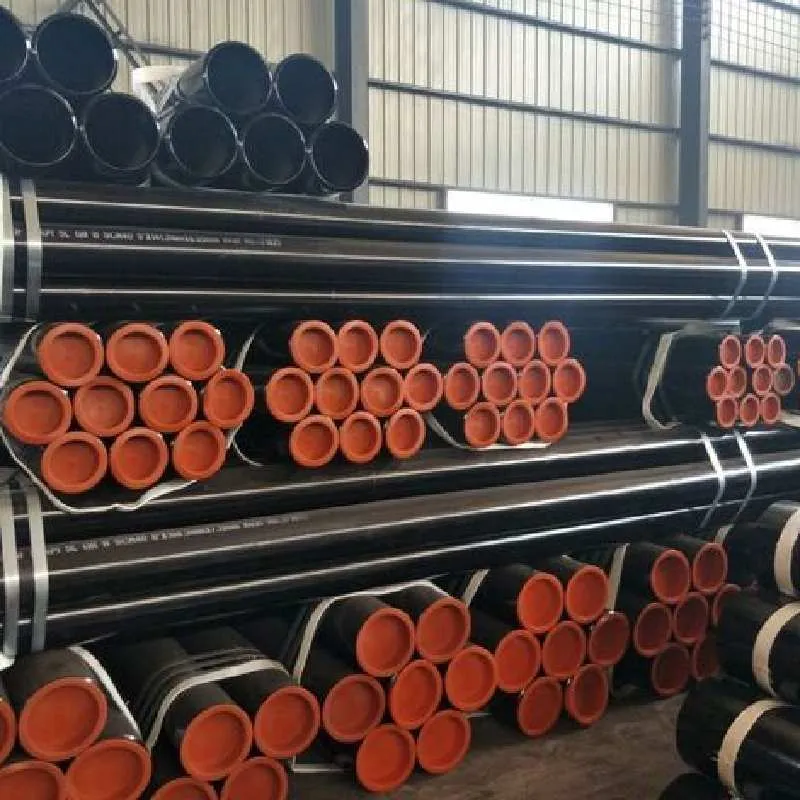-
Cangzhou Yulong Steel Co., Ltd.
-
Phone:
+86 13303177267 -
Email:
admin@ylsteelfittings.com
- English
- Arabic
- Italian
- Spanish
- Portuguese
- German
- kazakh
- Persian
- Greek
- French
- Russian
- Polish
- Thai
- Indonesian
- Vietnamese
- Zulu
- Korean
- Uzbek
- Hindi
- Serbian
- Malay
- Ukrainian
- Gujarati
- Haitian Creole
- hausa
- hawaiian
- Hebrew
- Miao
- Hungarian
- Icelandic
- igbo
- irish
- Japanese
- Javanese
- Kannada
- Khmer
- Rwandese
- Afrikaans
- Albanian
- Amharic
- Armenian
- Azerbaijani
- Basque
- Belarusian
- Bengali
- Bosnian
- Bulgarian
- Catalan
- Cebuano
- China
- China (Taiwan)
- Corsican
- Croatian
- Czech
- Danish
- Esperanto
- Estonian
- Finnish
- Frisian
- Galician
- Georgian
- Kurdish
- Kyrgyz
- Lao
- Latin
- Latvian
- Lithuanian
- Luxembourgish
- Macedonian
- Malgashi
- Malayalam
- Maltese
- Maori
- Marathi
- Mongolian
- Myanmar
- Nepali
- Norwegian
- Norwegian
- Occitan
- Pashto
- Dutch
- Punjabi
- Romanian
- Samoan
- Scottish Gaelic
- Sesotho
- Shona
- Sindhi
- Sinhala
- Slovak
- Slovenian
- Somali
- Sundanese
- Swahili
- Swedish
- Tagalog
- Tajik
- Tamil
- Tatar
- Telugu
- Turkish
- Turkmen
- Urdu
- Uighur
- Welsh
- Bantu
- Yiddish
- Yoruba

Dec . 11, 2024 16:20 Back to list
304 Stainless Steel Socket Weld Fittings for Reliable Industrial Connections and Applications
Understanding 304 Stainless Steel Socket Weld Fittings
In the world of piping systems, the choice of materials and fittings is essential for ensuring optimum functionality and durability. One of the widely utilized materials for fittings is 304 stainless steel, particularly in the form of socket weld fittings. These fittings play a crucial role in the construction of piping systems across various industries, including oil and gas, chemical processing, and water treatment.
Composition and Properties of 304 Stainless Steel
304 stainless steel is part of the austenitic family of stainless steel, which is known for its excellent corrosion resistance, good weldability, and remarkable formability. Composed of approximately 18% chromium and 8% nickel, 304 offers a good balance of strength and ductility. It is non-magnetic and can withstand temperatures up to 870°C (1,600°F) in continuous service. Thanks to its unique composition, 304 stainless steel is particularly resistant to oxidation as well as reducing acids, making it suitable for both domestic and industrial applications.
The Role of Socket Weld Fittings
Socket weld fittings are used primarily in high-pressure piping systems. These fittings are designed to be installed by inserting the pipe into the socket end of the fitting and then welding around the joint. This method provides a strong and durable connection that is capable of withstanding high pressures. The weld also creates a smooth internal surface, which minimizes turbulence and pressure drops when fluid flows through the system.
One of the primary advantages of using 304 stainless steel for socket weld fittings is its resistance to corrosion, especially in harsh environments. This property extends the lifespan of the fittings and ensures the reliable operation of the piping system.
Types of Socket Weld Fittings
Socket weld fittings come in several types, each serving a unique purpose in piping systems
. Common types include304 stainless steel socket weld fittings

1. Elbows Used to change the direction of the pipe. 2. Tees Designed to distribute fluid in multiple directions. 3. Reducers Used to connect pipes of differing diameters. 4. Caps Used to terminate the end of a piping system.
Each of these shapes can be produced in various sizes and pressure ratings, ensuring compatibility with a wide range of applications.
Installation and Maintenance
The installation of 304 stainless steel socket weld fittings requires skilled labor and careful attention to welding techniques. The process typically involves cleaning the socket and the pipe to remove any contaminants, followed by applying a welding rod to create a strong joint. Once welded, the fitting should be inspected for any defects that could compromise its integrity.
Despite their robustness, maintenance is critical to maximize the lifespan of socket weld fittings. Regular inspections should be undertaken to check for signs of corrosion, wear, or damage. Routine cleaning to eliminate debris or buildup will enhance the performance and reliability of the fittings.
Applications
The versatility of 304 stainless steel socket weld fittings allows them to be used in various applications. In the oil and gas industry, they provide secure connections in pipeline systems transporting hydrocarbons. In the food and beverage sector, their sanitary properties enable safe transportation of consumable liquids. Additionally, in water treatment facilities, these fittings help in the efficient movement of water and chemicals.
Conclusion
When it comes to ensuring the reliability and longevity of piping systems, 304 stainless steel socket weld fittings prove to be an excellent choice. Their combination of strength, corrosion resistance, and ease of installation makes them indispensable in numerous industries. By investing in high-quality fittings and adhering to proper installation and maintenance practices, operators can enhance the performance and durability of their piping systems, safeguarding their investments for years to come.
Latest news
-
ANSI 150P SS304 SO FLANGE
NewsFeb.14,2025
-
ASTM A333GR6 STEEL PIPE
NewsJan.20,2025
-
ANSI B16.5 WELDING NECK FLANGE
NewsJan.15,2026
-
ANSI B16.5 SLIP-ON FLANGE
NewsApr.19,2024
-
SABS 1123 FLANGE
NewsJan.15,2025
-
DIN86044 PLATE FLANGE
NewsApr.19,2024
-
DIN2527 BLIND FLANGE
NewsApr.12,2024
-
JIS B2311 Butt-Welding Fittings LR/SR 45°/90° /180°Seamless/Weld
NewsApr.23,2024











